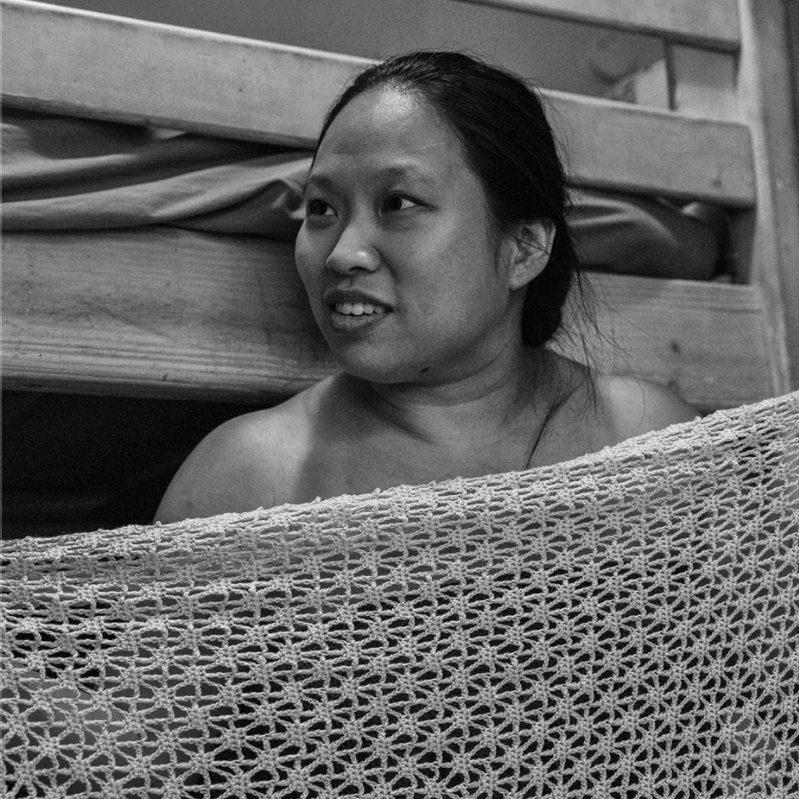Audio
“Now more than three times as many people are displaced by climate disasters and extreme weather events than conflict or violence.”
Climate change and displacement of people are accelerating across the globe. What does this have to do with the U.S.-Mexico borderlands? What can be done? And really, why on earth aren’t there more people talking about it? Please join us for a rich discussion navigating all these questions with Amali Tower, the director and founder of the organization Climate Refugees.
Since 2015, Climate Refugees has done advocacy and research to seek protection for people displaced by climate change. For this reason, Amali has long been considered one of the top, cutting-edge thinkers on accelerating climate displacement and what it means for our globe. Throughout our conversation, Amali demystifies the most pervasive myths surrounding climate displacement, offers a clear analysis of what is happening and what to expect, and what people can possibly do about it.
Struggle is all Catoe-Emerson knows. She and her sons, Quentin and Xavier, were homeless and lived in shelters for several years.
She’s protested for housing rights and organized events to help poor families like hers. But the pandemic proved to be too much for all her roles: mother, daughter and advocate.
She lost her job. Her mother was infected with COVID-19 in the hospital and later died. She still faces eviction. Her debt has grown to $5,000 since she last paid rent in February, and she may become homeless again.
She hopes her activism will help others and, in return, help her, too.
Suicide is the second leading cause of death for teenagers, according to the Centers for Disease Control and Prevention (CDC). The conversation about mental health in adolescents and young adults has become increasingly important and is constantly shifting and turning.
Wellness: Mental Health in Schools connects with those that are at the forefront of these conversations to understand the factors, obstacles and solutions to improving the mental wellbeing of students.
WELLNESS- Ep. 1: Connecting with Students about Mental Health in the Age of Social Media
Social media has implemented itself into all facets of our lives. With the touch of a screen, we have access to more information than we ever dreamed of. Inevitably, this has a ripple effect into the lives of students, the way they interact with one another as well as their teachers. This episode, my conversation with Carla Braer of Sidney Public Schools dives into social media, its effects on students, and how it has impacted the way that faculty interacts with students.
WELLNESS- Ep. 2: Mental Health in Rural Nebraska
According to Rural Health Information Hub, barriers to mental health treatment in rural areas include the desire to receive care (due to the stigma around mental health problems), lack of anonymity when seeking treatment and shortages of mental health workforce professionals. The National Institute of mental health or NIH reports that more than 60% of rural Americans live in mental health professional shortage areas. These factors create obstacles for schools and administrations that are actively striving to provide mental health services to students.
Listen to my conversation with Andy Cronin, the principal at Valentine Community Schools, to hear how his school is battling these obstacles.
WELLNESS- Episode 3: The Kim Foundation & Project Harmony
This week we spend time with Julia Hebenstreit, the Executive Director at The Kim Foundation and Jude Connelly, a Licensed mental health professional and the Director of Connections Program at Project Harmony. The Kim Foundation is a nonprofit organization that strives to increase awareness, reduces stigma and provides education and resources related to mental illnesses and suicide prevention in Nebraska. The mission of Project Harmony is to protect and support children, collaborate with professionals and engage the community to end child abuse and neglect. Listen to how these two organizations are actively playing a role in increasing mental health resources in Nebraska schools.
WELLNESS- Episode 4: Nebraska's Educational Service Units Influence on Mental Health
This week on Wellness: Mental Health in Schools, we hear from McKayla LaBorde and Sarah Hamilton, who are both employed by Nebraska’s Educational Service Unit (ESU) 3. LaBorde is the Executive Director of Student Services at ESU 3 and Sarah is a clinical social worker, who for the past 11 years has been working at a school district as a behavioral coach.
ESUs divide school districts into geographic regions and provide support to districts in technology, systems, professional learning, special education support and services, and more recently helping with student mental health by providing support training, service providers and clinicians. Listen to this episode to hear how schools work creatively to provide mental health resources to students!




